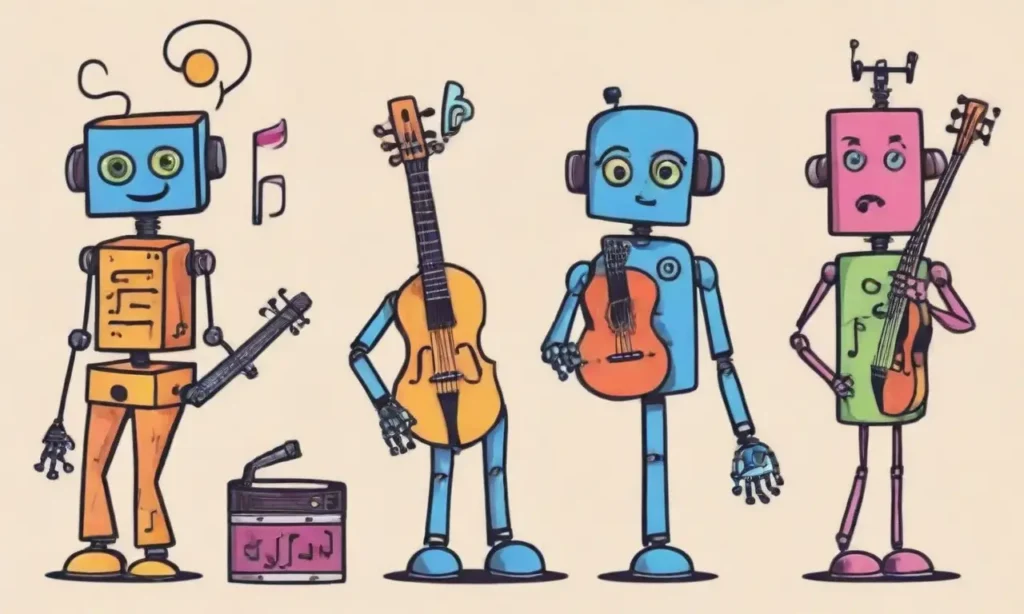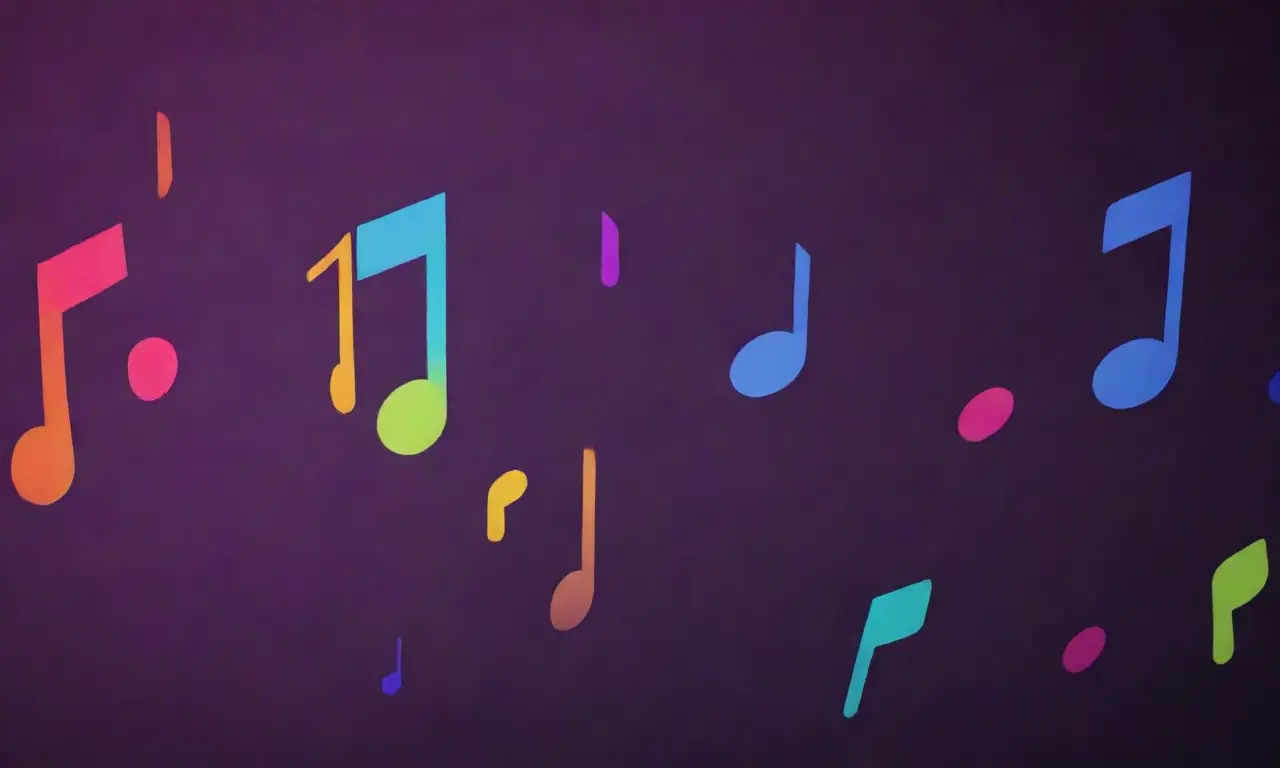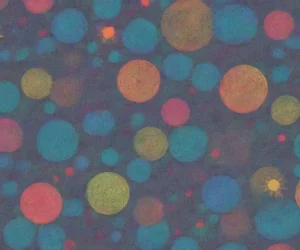
Building Your First AI Music Generator with Open Source Libraries

Introduction
In recent years, the integration of artificial intelligence and music creation has captured the attention of artists, technologists, and enthusiasts alike. The ability for machines to compose melodies, harmonies, and even complete songs is a fascinating frontier, allowing individuals to explore creative depths they may not have accessed otherwise. With the rise of open-source libraries, the barrier to entry for creating such innovative tools has significantly diminished. Anyone with a passion for music and a willingness to learn can embark on a journey to build their very own AI music generator.
This article aims to guide you through the process of constructing your first AI music generator using easily accessible open-source libraries. We will explore the fundamentals of AI in music, discuss the various tools available, and provide a step-by-step approach to creating your generator. By the end of this article, you will have a clearer understanding of how to harness the power of AI in music creation and be equipped with the knowledge necessary to kickstart your artificial music-making journey.
Understanding the Basics of AI in Music
Artificial intelligence involves using algorithms and computational models to enable machines to perform tasks that typically require human intelligence. In the realm of music, AI can generate melodies, create harmonies, analyze structured compositions, and even imitate specific styles. The attraction of using AI in music lies in its capacity to explore novel sounds and compositions that are beyond the realm of human creativity. AI-generated music can serve as inspiration for human musicians, offer new sonic possibilities, or even help automate repetitive tasks.
One of the fundamental techniques utilized by AI in music generation is machine learning. Machine learning involves training algorithms on large datasets, allowing them to recognize patterns and generate new data that adheres to those learned rules. In the context of music, this means training AI models on vast libraries of musical compositions, enabling them to understand musical structures, styles, and even the emotional weight of different notes and rhythms. For example, a neural network can be trained on classical music to compose an original symphony that captures the essence of Beethoven or Mozart.
Using Constraint Satisfaction in Algorithms for Music GenerationAnother crucial aspect of AI music generation is the concept of user interaction and improvisation. Many AI music generators allow users to input certain parameters—such as genre, mood, or tempo—guiding the AI in composing music that aligns with those criteria. This opens up a collaborative avenue between human creativity and algorithmic output, making the composition process both dynamic and engaging.
Essential Open Source Libraries for AI Music Generation
Building an AI music generator can be achieved using a variety of open source libraries that facilitate the creation, composition, and manipulation of music through programming languages like Python. Each library offers unique features and functionalities that can cater to different aspects of music generation. Let’s explore some of the most noteworthy libraries:
Magenta
Magenta is an open-source research project developed by Google that explores the intersection of machine learning and the creative arts. It is built on TensorFlow and provides a robust platform for music and art generation. With Magenta, users can leverage pre-trained musical models to generate melodies, harmonies, and even entire songs. The library includes various tools, such as Music VAE (Variational Autoencoder) for generating polyphonic music, as well as Melody RNN for generating melodic sequences.
Magenta's capabilities extend beyond simple melody generation. Users can specify various parameters, like key signatures and instrument types, tailoring the output to suit their artistic preferences. Furthermore, Magenta offers user-friendly interfaces, like the Magenta Studio, allowing users to create music effortlessly using a simple interface designed for musicians and non-programmers alike.
Interactive Music Generation: Algorithms that Learn from User InputMuseScore
MuseScore is an open-source notation software that serves as a powerful companion to AI music generation efforts. While it is primarily known for its scoring and sheet music capabilities, MuseScore integrates well with AI-generated music by offering a platform to notate, play back, and share musical compositions. MuseScore supports MIDI import and export, making it an excellent tool for working with various music generation libraries that output MIDI files.
For developers, MuseScore’s extensive documentation and community support make it easier to implement AI-generated music in a user-friendly format. Being able to visualize and edit music notation allows musicians to work with AI outputs more interactively, providing a bridge between the digital and acoustic music spaces.
J.S. Bach and RNNs
For those interested in delving into neural networks, utilizing recurrent neural networks (RNNs) for music generation is an exciting pathway. RNNs are particularly effective in handling sequential data, making them ideal for composing music that has temporal structures, such as melodies and rhythms. One popular implementation showcases the music of J.S. Bach, where models are trained on his chorales to generate new compositions in a similar style.
The J.S. Bach model and similar RNN implementations are particularly approachable for beginners. Numerous tutorials, code examples, and pre-trained models are available online, providing solid foundational knowledge and assets to explore music composition. When dissecting the models, programmers can learn how the structure of the music is encoded and how algorithms can manipulate these structures to produce fluid, human-like compositions.
Exploring Variational Autoencoders in Music Composition WorkflowsStep-By-Step Guide to Creating Your AI Music Generator

Now that we've explored what AI in music generation looks like and highlighted some essential open-source libraries, let's discuss a practical approach to building your AI music generator from scratch. The following steps outline a simple pathway to embark on this venture.
Step 1: Set Up Your Development Environment
To get started, first, you'll need to set up your development environment. Begin by installing Python, a versatile programming language widely used in AI and music projects. Python 3 is recommended for its support and feature updates. Next, install a code editor like VSCode or PyCharm for a smooth coding experience.
Once Python is installed, you can use pip (Python’s package management system) to install essential libraries. For demonstration purposes, here’s a simple command to install Magenta:
bash
pip install magenta
You may also want to install TensorFlow if you plan to delve deeper into customizing AI models:
bash
pip install tensorflow
Step 2: Explore Pre-trained Models
Exploration is key during the initial stages of building your AI music generator. Magenta offers various pre-trained models for music generation, including Melody RNNs and Music VAEs. Reviewing documentation or existing examples will give you a sense of their capabilities and how to implement them.
Customizing AI Models for Genre-Specific Music Generation OutputsYou could start testing an existing pre-trained model to see how it generates music based on different input parameters. This will help you understand how the models work while also enabling you to tweak settings and gain foundational knowledge in AI music composition.
You can generate melodies with Magenta as follows:
```python
from magenta.music import MelodyRNN
Load pre-trained model
melodyrnn = MelodyRNN('basicrnn')
Building and Refining Data Sets for Music Generation ProjectsGenerate a melody
generatedsequence = melodyrnn.generate()
```
Step 3: Customize and Train your Model
The final stage of your AI music generator project involves customizing and training your model. You may want to gather your own datasets to represent a style of music or simply refine an existing model for better results. The choice of data can significantly influence your model's output, so consider the parameters that best align with the music style you wish to generate.
Once you have your dataset prepared, you can use it to train your model further. Training will require adjusting various hyperparameters and potentially using more extensive computational resources. However, the payoff will be worth it, as your model will better understand the nuances of your chosen musical style.
Training can be initiated with a simple command, though it is advisable to explore the underlying documentation to optimize your parameters. This preparation will set the groundwork for a responsive and adaptable AI music generator that fits your artistic needs.
Conclusion
Building your first AI music generator is not only a technical challenge, but it also opens the door to a world of creativity and innovation. By understanding the fundamental concepts of AI in music and harnessing powerful open-source libraries like Magenta and MuseScore, you can create dynamic and flexible tools for music composition.
Throughout this journey, you’ve learned about the many resources available to assist you—each armed with unique features that cater to different facets of music generation. Whether through training pre-existing models or developing your customized applications, you can craft compositions that merge the boundaries between human artistry and machine-generated creativity.
As you embark on your exciting journey into the world of AI music, remember the potential for exploration is vast. By continuing to experiment, refine your skills, and engage with the community of creators and developers, you will find new ways to express yourself through music. Embrace the intersection of art and technology; the results may surprise you and will undoubtedly enrich your understanding and appreciation of music creation in the age of artificial intelligence.
If you want to read more articles similar to Building Your First AI Music Generator with Open Source Libraries, you can visit the Music Generation category.



You Must Read